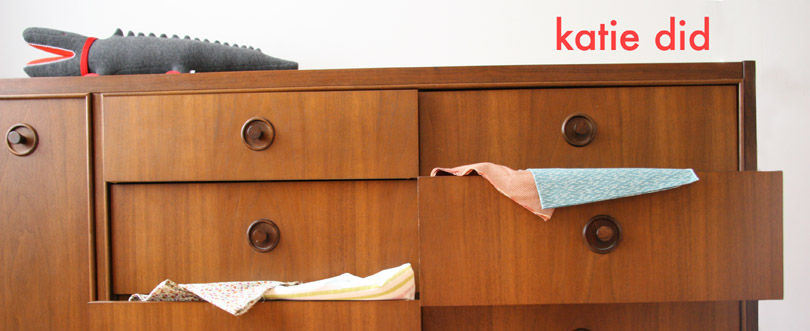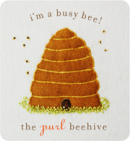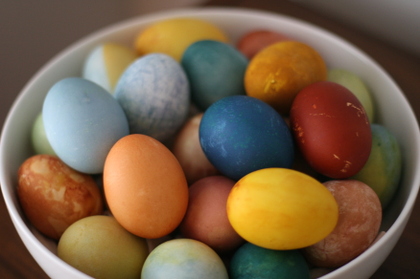tutorial: flower collar
so, i had a birthday yesterday. in honor of this new year and decade of my life (which i think should be pretty good), i give you the gift of a previously promised and overdue tutorial. i'm generous now that i'm in my thirties.
here we go. how to make this collar (or something like it):
you need: lightweight fabric (i used shot cotton on the easter dresses and will be using it, in a different color, for the tutorial today), scissors, needle, thread, thimble. that's it.
:: with fabric folded, cut a strip. the size varies depending on the size of flowers you want in the end, here i cut a 3" strip. keeping fabric folded, cut strip into squares. (you do not need to be exact with any of this).
:: trim the corners off the squares, making a flowery square. these "squares", with two layers each, will be used to make one flower.
:: making the individual flowers. pinch and gather first layer of "square" in the middle so it looks (wow, you're going to get tired of this word) flowery.
:: while holding the middle of the first layer secure, bring second layer to it, gather around the pinched part. move and gather fabric until it looks good.
:: stitch the flower through the pinched stem to hold it all in place. i usually run the needle and thread through four times or so, just enough that all the gathering/ruffling is secured. knot and cut thread.
::repeat many many times. you'll need a lot of these flowers.
:: attach flowers to fabric (shirt, dress or whatever you're making flowery) one at a time. if you have children who, like mine, are really good at pulling on things, you'll want to secure each flower very well with several stitches before moving to stitch on the next. this is where the thimble comes in handy. pushing that needle through again and again gets rough on the fingers.
:: depending on the look you want, you can either pack them really tight (i did this for the easter dresses) or you can keep it a little bit looser and let each individual flower show a bit more. here i have 15 flowers. the first picture shows them tight, the second a bit looser. great either way.
that's it! just stitch them on in the shape you want and you're done. so easy, right? just plan on spending a little time on it. it's one of those great projects to do while listening to this american life. especially act one of this episode. break-ups, phil collins and starlee kine. so good.
...
also, there were some questions about the specifics of the easter dresses. unfortunately, other than the flowers (kaffee fassett shot cotton in blush) i don't know what the fabrics are, exactly. ruthie's light blue is either kona or p+b color spectrum while eve's yellow dress is a lovely cotton twill from my stash.


 Thursday, April 30, 2009 at 08:00PM
Thursday, April 30, 2009 at 08:00PM






